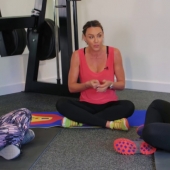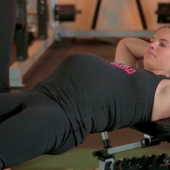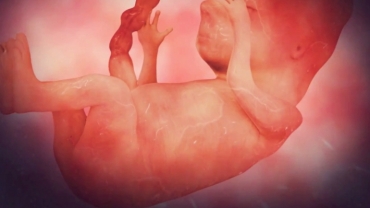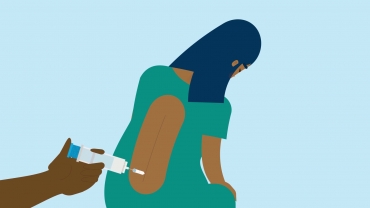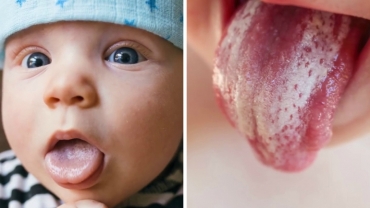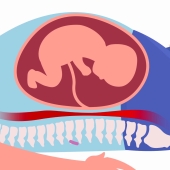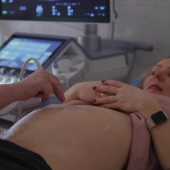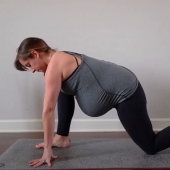Most women believe that they can prevent stretch marks by using creams and lotions. There are many formulations on the market today that claim to help prevent stretch marks. Some of these may help moisturize your skin and reduce itching. They may help reduce some stretch marks however there are no scientific studies that support this.
You probably know at least one parent however that swears by cocoa butter or some other formulation to prevent stretch marks. If nothing else rubbing these creams into your belly provides your unborn baby with a light and comforting massage. They may also give you peace of mind knowing you did everything possible to prevent stretch marks.
The best thing you can do to minimize stretch marks aside from using any creams or moisturizers you select is gaining the recommended amount of weight during pregnancy. Doctors recommend most women gain between 25 and 34 pounds. Gaining much more than this can cause you to develop more stretch marks.
Most women worry about stretch marks after they have their baby. Fortunately most stretch marks do fade with time. Usually after 12 moths postpartum most stretch marks are light and less noticeable. Their texture may remain different from the surrounding skin however. Many women notice their stretch marks fading into whitish lines that are minimally noticeable.
Some women have very severe stretch marks that impact their self esteem after pregnancy. There are many treatments available for women that want to improve the appearance of their stretch marks.
If your stretch marks are particularly bad, you may consult with your doctor or a dermatologist. Some topical treatments such as tretinoin cream can help reduce stretch marks. These creams must be used after pregnancy however, because they can cause defects in your unborn baby.
Most of the topical treatments available should be used shortly after delivery, before they start to fade. The more time that passes between the delivery and use of cream, the less likely they are to be effective.
If you are breastfeeding it is important you consult with your doctor before using any stretch mark treatments. Some treatments may impact your milk supply or pass through the breast milk to your baby.
Most of the creams available to reduce stretch marks do not help relieve the sagging skin that also accompanies childbirth. There are some newer treatments including laser treatments however that may improve the skins elasticity and help reduce stretch marks. Some women also consider plastic surgery after they are done having children. A tummy tuck can help hide some stretch marks and reduce sagging skin.
Most women are able to joyfully overlook stretch marks when they consider the miracle of life they bring into the world. For the most the small annoyance even the worst stretch marks bring are well worth the joys of bringing a newborn baby into the world. Do what you can during pregnancy to maintain an appropriate weight and try not to worry too much about stretch marks. Many women wear them with pride, a ‘war wound’ or “badge of honor” related to their pregnancy. Why not wear them with pride?
About video: Dr. Susan Van Dyke discusses how stretch marks, also known as stria, can be prevented and treated.
- 3864 views


